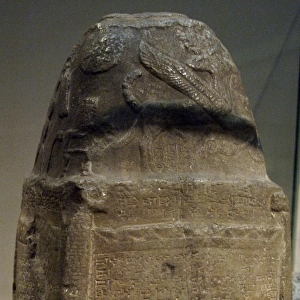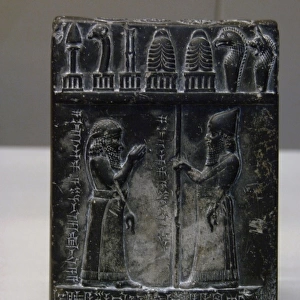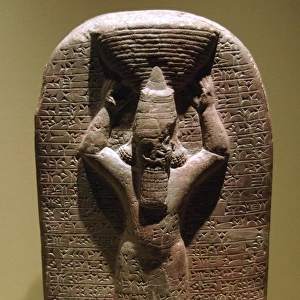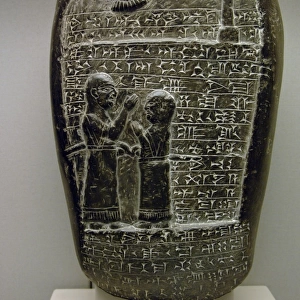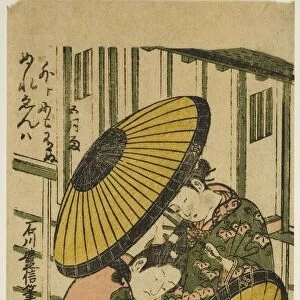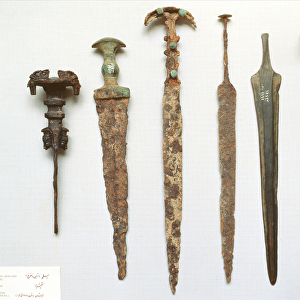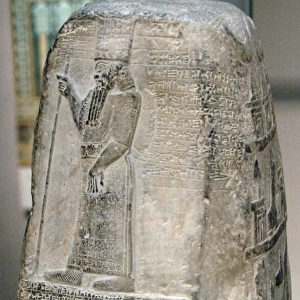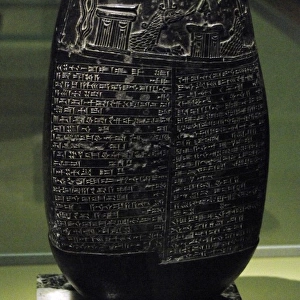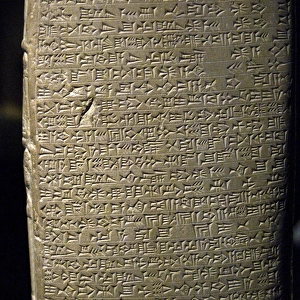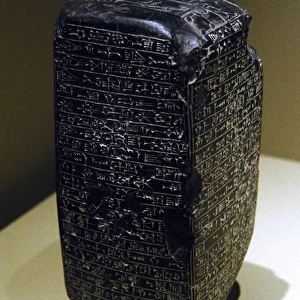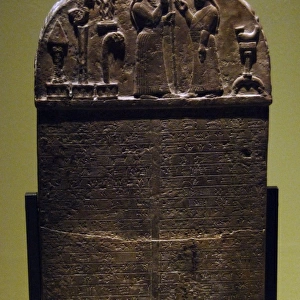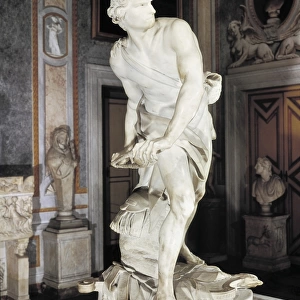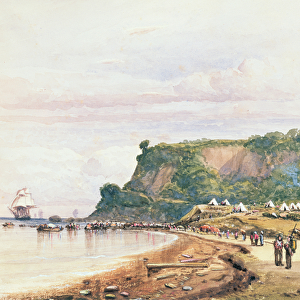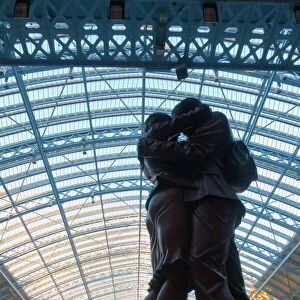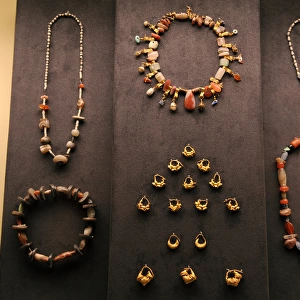Home > Europe > United Kingdom > England > London > Sights > British Museum
Mesopotamian Art. Alabaster flower vase shaped as a woman ho
![]()

Wall Art and Photo Gifts from Mary Evans Picture Library
Mesopotamian Art. Alabaster flower vase shaped as a woman ho
Mesopotamian Art. Alabaster flower vase shaped as a woman holding flowers. Dated between 700-600 B.C. It comes from Sippar. British Museum. London. England. United Kingdom
Mary Evans Picture Library makes available wonderful images created for people to enjoy over the centuries
Media ID 14378668
© Thaliastock / Mary Evans
Alabaster Curly Hold Mesopotamia Mesopotamian Sculpted Vase
FEATURES IN THESE COLLECTIONS
> Europe
> United Kingdom
> England
> London
> Museums
> British Museum
> Europe
> United Kingdom
> England
> London
> Sights
> British Museum
> Europe
> United Kingdom
> England
> Sculptures
> Historic
> Ancient civilizations
> Mesopotamia
> Ancient Mesopotamian art
EDITORS COMMENTS
This exquisite Mesopotamian artifact, a flower vase shaped as a woman holding flowers, showcases the exceptional craftsmanship and artistic prowess of ancient civilizations. Dated between the 7th and 6th centuries BC, this masterpiece originated from the ancient city of Sippar, located in modern-day Iraq, which was part of the Mesopotamian civilization. The vase is made of alabaster, a prized material for sculpting due to its smooth surface and translucent quality. The woman depicted in the vase is sculpted with intricate details, her curly hair cascading down her shoulders, and her body gracefully holding a bouquet of flowers. The delicate petals of the flowers are expertly carved, adding to the overall beauty and elegance of the piece. Mesopotamian art is known for its intricate designs and symbolic representations, and this vase is no exception. The woman's form is not only an aesthetic pleasure but also holds symbolic meaning. The vase may have been used for religious or ceremonial purposes, with the woman representing fertility and the flowers symbolizing rebirth and renewal. This precious relic now resides in the British Museum in London, England, United Kingdom, where it continues to captivate and inspire visitors from around the world. The intricacies of the carving, the beauty of the alabaster material, and the historical significance of the piece make it a must-see for anyone interested in ancient history and art.
MADE IN THE UK
Safe Shipping with 30 Day Money Back Guarantee
FREE PERSONALISATION*
We are proud to offer a range of customisation features including Personalised Captions, Color Filters and Picture Zoom Tools
SECURE PAYMENTS
We happily accept a wide range of payment options so you can pay for the things you need in the way that is most convenient for you
* Options may vary by product and licensing agreement. Zoomed Pictures can be adjusted in the Basket.


